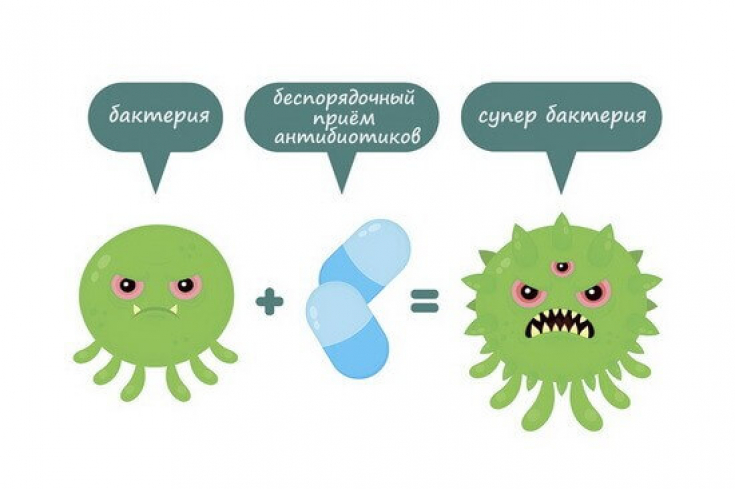Millions of lives have been saved since the development of antibiotics.
However, if bacterial resistance rates remain where they are today, by 2050 there will be an estimated 10 million deaths per year, and society will return to a pre-antibiotic existence.
According to the World Health Organization, antibiotic resistance is one of the biggest threats to global health. The emergence of resistance cannot be stopped, but it can be slowed down.
In this article on estet-portal.com, we will analyze what aesthetic medicine professionals should do to stop the spread of antibiotic resistance.
- Proper prescribing of drugs to prevent antibiotic resistance
- Patient Education – the basis for the prevention of antibiotic resistance
- Aseptic non-contact technique for the prevention of antibiotic resistanceti
Proper prescribing of drugs to prevent antibiotic resistance
It is generally accepted that there are two main reasons for increasing antibiotic resistance:
- excessive use of antibacterial drugs;
- incorrect prescribing of medications.
The best way to fight antibiotic resistance – is to do everything to prevent the occurrence of infection.
In order to prevent infection resulting from aesthetic treatments such as contouring or laser treatment, the risk of infection must be minimized.
For this, it is important to strictly observe the rules of asepsis and antisepsis during the procedure.
The second important point is the correct prescription of the antibacterial drug.

According to international recommendations, it is necessary to start empirical treatment with first-line drugs, and if they are ineffective, culture and determine the sensitivity of the flora to antibiotics.
Treatment of the first line infection is recommended for seven days, however, if improvement is slow, it should be continued for an additional seven days.
Patients should be closely monitored and if there is no response after 48-72 hours, then the antibiotic should be changed.
Development of complications with fluoroquinolones
It is important that the practitioner be able to carefully evaluate the patient, as the onset of an infection can be easily confused with an initial response to treatment such as fever, redness, and swelling.
The risk of necrosis and allergic reactions should always be ruled out before a diagnosis of infectionii.
Patient education – basis for the prevention of antibiotic resistance
Patients should be informed and given written care advice regarding the procedure they have undergone, the possibilities of infection and how they can minimize the risk of infection.
For example, during the first 8 hours after the procedure, it is not recommended to apply make-up and touch the treated area.
Patients should also be aware of the signs and symptoms of infection, which they should report to their healthcare provider.
Also educate patients about the regimen and frequency of medication.
Studies have shown that more than a third of patients did not comply with antibiotic regimen, and one quarter left unused antibiotics for later use.
It is also important to convey that the course of treatment must be completed in full, regardless of whether the patient believes that the infection has cleared.
Read the most interesting statsin Telegram!
Aseptic non-contact technique for the prevention of antibiotic resistance
At the heart of the structure of aseptic non-contact technique (ABT) is the goal of asepsis; a precise and achievable quality standard regarding the absence of pathogens.
It is very important to determine the infection control methods and precautions required during invasive clinical procedures to prevent transmission of microorganisms from healthcare workers, equipment, or the environment to the patient.
ABT is achieved by ensuring the asepsis of the procedure:
- Identification and protection of key areas (i.e., clinical equipment in contact with the patient and areas on the patient itself that surround the area of damage);
- Technique «no touch» is the most important component of ABT, as the safest way to protect the key area – don't touch her;
- The highest level of hygiene is ensured (i.e. clean surfaces, clean environment, clean disposal, clean hands, clean gloves).
Unfortunately, infections can occur after any treatment that breaks the integrity of the skin.
Therefore, the correct tactics of treating the infection is also an important step in the prevention of antibiotic resistance.
Delayed antibiotic prescription: advantages and disadvantages







Add a comment